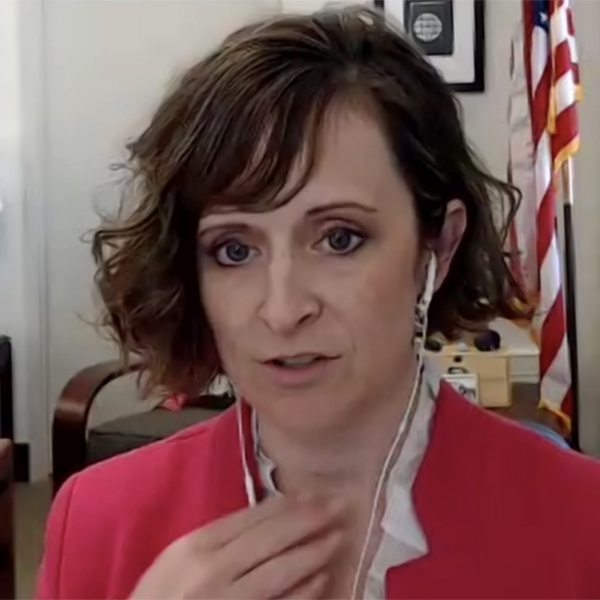MISO has circulated a new timeline for its first seasonal auction after a FERC order to rework a capacity value ratio forced it to delay the auction last month.
The grid operator now plans to open its offer window at 8 a.m. ET Tuesday. It will accept offers until 6 p.m. Friday and then begin the 20-day planning resource auction on April 24.
MISO anticipates sharing clearing prices in a stakeholder workshop May 19, about a month after it usually posts auction results. The planning year begins June 1.
The auction was on hold as MISO recalculated its unforced capacity-to-intermediate seasonal accredited ratio that it uses to determine supply in the auction. The new ratio stands to lower some thermal resources’ accredited capacity values. (See FERC Order May Delay MISO’s 1st Seasonal Capacity Auction and Vistra, EPSA Protest MISO’s Show-cause Order.)
The RTO said it published the new ratio for review on March 30. Staff said they gave stakeholders two weeks to confirm revised seasonal-accredited capacity and zonal-resource credit values based on the reworked ratio.
MISO said that after it wraps the auction, it will initiate stakeholder dialogue in Resource Adequacy Subcommittee (RASC) meetings “to investigate opportunities for future improvement.” It said it will reserve the July RASC meeting to examine 2023/24 auction data and discuss trends. Later in the year, it said it will likely begin work on a process to “codify publishing, updating, and locking down” the ratio in future auctions.
The delayed auction means MISO’s 2023 joint resource adequacy survey with the Organization of MISO States will also have a later timeline than usual.
The OMS-MISO survey form is open to utilities through May 9. The organizations expect to publish their findings, normally posted at the end of spring, in late June or early July.
During an OMS board meeting Thursday, Executive Director Marcus Hawkins said the survey’s new seasonal aspect should give stakeholders “more granular” adequacy estimates.
This year’s survey will reflect MISO’s seasonal auction format and project capacity values across four seasons for the next four years; count future capacity according to the grid operator’s seasonal accreditation method; and use seasonal planning reserve margin requirements to compare against capacity values. The 2023 survey will also allow for one- to three-year lags beyond developers’ stated commercial operation dates when counting potential new resources in the generator interconnection queue. MISO said its queue data shows that future generation has historically come online up to three years — and sometimes beyond that — after proposed commercial operation dates.
Hawkins said it’s critical that utilities complete the survey so that stakeholders have the best snapshot of the footprint’s near-term resource adequacy landscape. The survey is MISO’s only annual footprint-wide adequacy survey.
Hawkins said it’s up to states to decide how to use survey results and said OMS strives to communicate with regulatory staffs before the survey’s reveal to manage expectations and ease the “drama” of unexpected results.
He said because the OMS-MISO survey is delayed, it will also postpone the kickoff of OMS’ annual distributed energy resources survey, which seeks to get an annual count of the RTO’s DERs.
Hawkins said the double survey delays are meant “to avoid survey fatigue and confusing emails about multiple surveys.”


